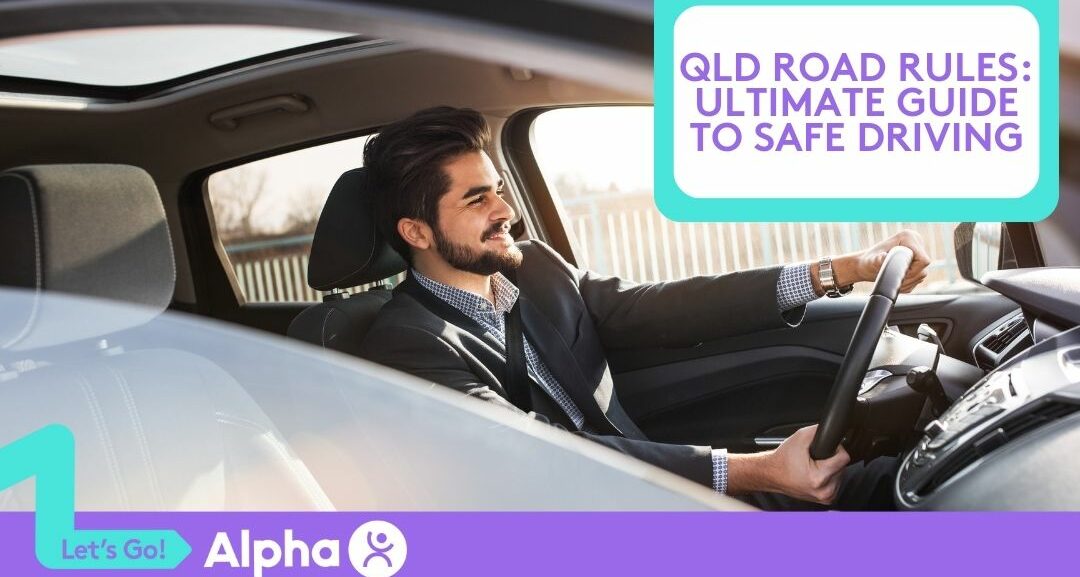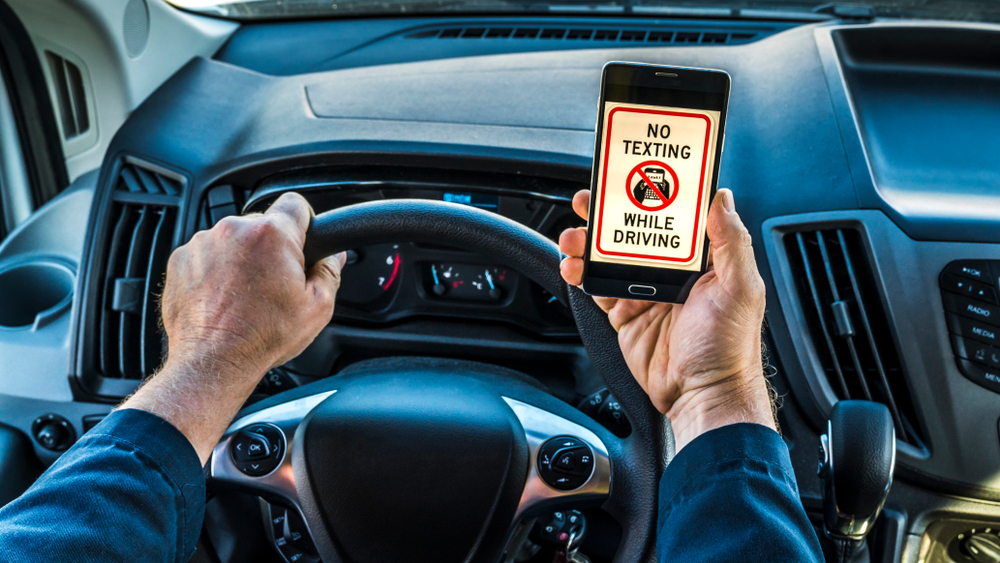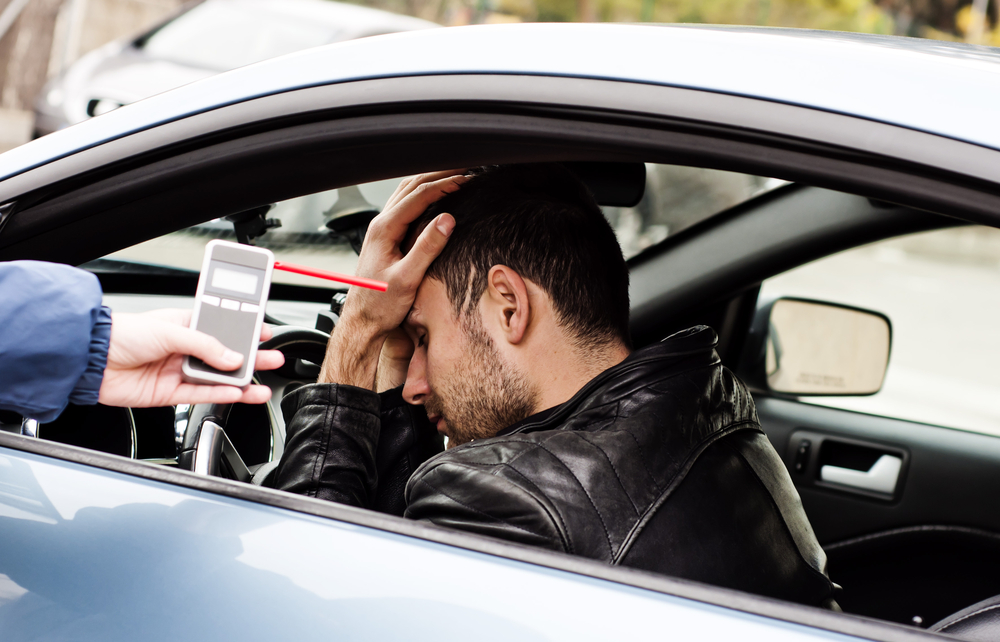Driving in Queensland is not just about starting your car, but also requires a good grasp and careful following of the many road rules that control how we use our state’s roads. This guide is here to give you important information for driving safely on Queensland’s streets by explaining these rules clearly.
Understanding Traffic Signals
The silent leaders that control the intricate movement of vehicles on Queensland’s streets are its traffic signals. Wearing familiar colours – green, yellow, and red – these crucial guides provide important instructions to drivers: they indicate when to halt; signal them to proceed with caution; or inform them it’s safe to accelerate and continue driving. This is important to know when renting a car near Brisbane Airport.
Traffic Signal Violations
In the area of traffic rules, breaking the ones about traffic lights is seen as very important. Knowing what can happen if you ignore these lights is key to keeping roads safe. Here’s a detailed list of the usual mistakes people make with traffic signals.
- Running Red Lights: Ignoring a red light, which is a serious violation, puts both the person doing it and others on the road at risk. This behaviour can cause crashes and lead to accidents.
- Disobeying Amber Lights: Amber lights mean you must get ready to stop; if you do not slow down and speed up, it is against the rules. Doing this can make things unsafe and dangerous for everyone using the road.
- Illegal Turns at Red Lights: Turning on red lights at a crossroads can lead to crashes with other cars coming your way, and this is against the law. So it’s very important to follow the correct times for making turns because if you don’t, it can be very dangerous.
- Failure to Stop at Stop Signs: Stop signs make traffic lights work better; not paying attention to these important signs and failing to stop completely, which many drivers do, can create dangerous conditions.
- Disregarding Pedestrian Crosswalk Signals: Traffic lights coordinate with signals for people walking. It’s a serious violation to not pay attention to these signs and put walkers at risk.
Seat Belt and Child Restraint Laws in QLD
Queensland shows its strong promise to keep roads safe by having strict rules about wearing seat belts and securing children properly. These rules aim to keep everyone in the car safe, focusing especially on making sure young riders are protected.

1. Mandatory use of seat belts for all occupants
Every person in the car has to wear a seat belt because it is required by the road safety rules of Queensland; this rule applies to:
- Drivers: The person driving must always have their seat belt on when the car is moving; doing this creates an important example of driving safely, which is a very significant part that should not be overlooked.
- Front Seat Passengers: Every person sitting at the front of a car, no matter how old they are, needs to have their seat belt on. It is for keeping them safe if there is a quick stop or an accident.
- Rear Seat Passengers: For people sitting in the back of the car, we understand they are not as protected. So, we require everyone there to use seat belts because this helps to make the whole car safer for everybody.
2. Child restraint requirements based on age and size
Queensland has set particular rules for child restraint to recognise the special safety needs of children; this step shows – using advanced punctuation like colons, semi-colons and dashes but no exclamation points – how much the state cares about protecting its young people.
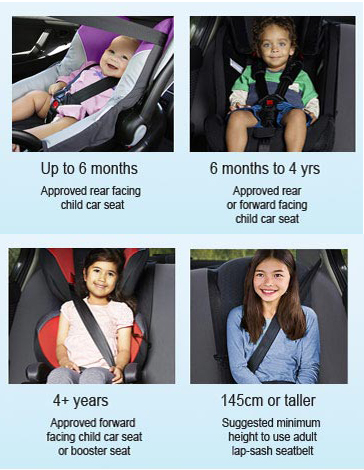
- Infants (0-6 months): To protect babies from 0 to 6 months best, use a child seat that faces the back. It gives important support for their fragile bodies.
- Toddlers (6 months to 4 years): In the following phase, we provide young children from 6 months to 4 years with a certified safety seat which includes a special harness designed for their requirements.
- Preschoolers (4-7 years): When small children, who are between four and seven years old, grow bigger, they need to move on to a proper car seat or booster. It is important for their safety because it fits their new size and weight better.
3. Penalties for non-compliance with seat belt laws
Queensland has put fines in place for not following the rules to highlight how important it is to use seat belts and make sure people do so, which acts as a firm approach.
- Driver Penalties: Drivers who do not use seat belts could receive fines and lose points on their driving record; this acts as a way to prevent them from engaging in dangerous behaviours while driving.
- Passenger Fines: When passengers do not wear seat belts and get caught, they must also pay fines; it shows that everyone in the car shares the responsibility for staying safe.
Mobile Phone Use and Driving Distractions
In this time of high-tech developments, Queensland tackles the problems that come with using mobile phones and getting distracted to keep drivers concentrated and alert.
1. Prohibitions on using mobile phones while driving
Queensland has strict rules against using mobile phones in different ways when you are driving because of the possible dangers.
- Texting or Messaging: To send or read text messages when the car is moving is not allowed at all.
- Calls without Hands-free: Holding a phone for calls is dangerous and not allowed; you must talk without using your hands.
2. Hands-free options and Bluetooth regulations
Queensland acknowledges the necessity of communication and offers alternatives to enhance safety:
- Bluetooth Devices: Drivers can use Bluetooth devices for making phone calls without using their hands, which helps to be safer when communicating.
- Voice-Activated Systems: Voice-activated systems offer drivers another way to use mobile devices while still keeping safe.
3. Dangers of driving distractions and their consequences
- Understanding the perils of distractions is vital for promoting a safety-first mindset:
- Reduced Reaction Time: Distractions lead to slower reaction times, which makes accidents more likely and lessens how good you are at driving safely.
- Impaired Focus: When you do many things at once, it can take your attention away from driving. This makes it harder to concentrate on the road and can lead to accidents that could have been prevented.
4. Setting Up ‘Do Not Disturb While Driving’ on Your iPhone
To turn on the ‘Do Not Disturb While Driving’ function for your iPhone, please follow these guided steps one by one.
- Navigate to your device settings.
- Select ‘Do Not Disturb.’
- Scroll down to find ‘Do Not Disturb While Driving.’
- Activate the feature by choosing one of the following options:
-
- Automatically
- When connected to a car Bluetooth
- Manually
For a visual guide, you can download the instructions [PDF, 207 KB].
Should you face difficulties when trying to include this new function in your existing phone, please consult the support page of Apple for more guidance.
5. Setting Up ‘Do Not Disturb While Driving’ on Android
To turn on the ‘Do Not Disturb While Driving’ feature for your Android phone, please go through these instructions one by one.
- Access your notifications shade.
- Use the fast switch for ‘Do Not Disturb’ which you can find on the first or second panel.
- Activate the feature before you start driving.
- Deactivate it when you finish driving.
For a detailed guide, you can download the instructions [PDF, 207 KB].
It is significant to mention that a ‘Do Not Disturb While Driving’ feature is not installed on every Android phone. Users of Android can go to Google Play store, look for ‘Do Not Disturb While Driving,’ and install one of the no-cost applications they find there.
Drink Driving Laws and Random Breath Testing
Queensland has a strict policy against driving after drinking, with strong laws and testing methods to protect people on the roads.
1. Legal blood alcohol concentration (BAC) limits
The laws in Queensland set the blood alcohol concentration limits to keep drivers sober and focused on driving.
- General Drivers: For ordinary drivers, the allowed amount of alcohol in the blood is 0.05 grams for every 100 millilitres.
- Learner and Provisional Drivers: Learner and provisional drivers must have a blood alcohol content of zero, showing it is very important they do not drink any alcohol.
2. Penalties for driving under the influence of alcohol or drugs
To discourage drunk driving, Queensland enforces severe penalties:
- Fines: When a person is caught with more alcohol in their blood than the law allows, they have to pay big fines which are meant to discourage this behaviour.
- License Disqualification: People who break the law could lose their driver’s license, which means they can’t drive for a set time and shows how serious the crime is.
To create a responsible, safe and law-abiding culture on Queensland’s roads, it is very important to understand, respect and follow these rules.
Right of Way and Intersection Rules
To go through a crossroads, it is important to know the rules of who should go first. This helps keep traffic moving well and makes sure everyone is safe.
1. Yielding rules at intersections
At intersections, certain yielding rules dictate the order of precedence:
- Uncontrolled Intersections: Vehicles must yield to the right if arriving simultaneously.
- T-Intersections: Vehicles on the terminating road yield to vehicles on the continuing road.
- Four-way Stop: At a four-way stop, the car that gets there first goes; if both arrive at the same time, then the car on the right side goes before.
2. Roundabout etiquette and procedures
Roundabouts demand a specific set of procedures to maintain traffic flow:
- Yielding to Circulating Traffic: Vehicles entering the roundabout must yield to those already circulating.
- Lane Keeping: Select the correct lane for your turn-off and keep a steady speed.
- Giving Way to Pedestrians: Always let pedestrians go first at the marked places for walking, especially close to or inside roundabouts.
3. Pedestrian and cyclist right of way
Pedestrians and cyclists have distinct right-of-way considerations:
- Pedestrians: Always have the right of way at marked crossings and intersections.
- Cyclists: Give way to cyclists on special paths and allow them room when you are joining or making a turn.
Overtaking and Lane Discipline
Overtaking on roads demands precision and adherence to lane discipline.
1. Safe overtaking practices on single and multi-lane roads
Overtaking should be approached with caution and adherence to road markings:
- Single Lane Roads: Pass another vehicle only if you can see well ahead and it is safe to do so, making sure no cars are coming towards you.
- Multi-lane Roads: For roads with many lanes, please pass other cars on the right side and go back to your first lane when you are a safe distance from the car you just passed.
2. Rules for using marked and unmarked lanes
Understanding the rules for different types of lanes is crucial for smooth traffic flow:
- Marked Lanes: Stay within the lines of your lane, signal before moving to another lane, and do not cross over continuous solid lines.
- Unmarked Lanes: Exercise caution, and default to keeping left unless overtaking on multi-lane roads.
Changing Lanes
When changing lanes, it is imperative to adhere to the following rules:
- Give Way: Allow other vehicles to go first if they are in the lane you wish to enter, especially when your lane is coming to an end and it requires crossing over a line into another lane.
- Indication: Show your plan to move into a different lane by signalling for enough time so other drivers can see and prepare.
- Turn-Off Indicator: After you change lanes successfully, switch off your turning signal quickly so that other drivers do not get confused.
Merging
Merging involves two distinct give-way scenarios:
1. Merging on Roads with Lane Markings:
On streets with clear lane lines, when your lane is ending, you have to let the cars in the ongoing lane go first before you join it. Like, for example, Car A that’s white needs to wait and allow Car B which is yellow to pass by.
2. Merging on Roads without Lane Markings:
On streets without clear lines, when you join in, always let the car in front go first. Look at this situation where Car B (the yellow one) has to wait for Car A (the white one) to move ahead.
Parking Regulations in QLD
Parking regulations contribute to the organised and efficient use of available spaces.
1. Understanding parking signs and restrictions
Deciphering parking signs is essential to avoid fines and towing:
- Time Restrictions: Pay attention to time-limited parking and adhere to specified durations.
- Permit Zones: Respect areas designated for permit holders only.
2. Disabled parking permits and regulations
Ensuring accessible parking for those with disabilities involves compliance with specific regulations:
- Displaying Permits: Always display disabled parking permits when using designated spaces.
- Penalties for Misuse: Misuse of disabled parking spaces incurs severe fines and penalties.
3. Parking fines and consequences for illegal parking
Illegal parking carries consequences that may impact both convenience and finances:
- Fines: Vehicles parked unlawfully can be fined, and how much you pay depends on the type of parking rule that was broken.
- Towing: Persistent illegal parking may result in towing, requiring payment for retrieval.
Road Safety Tips for Adverse Conditions
Adverse conditions require heightened caution and specific driving strategies.
1. Driving in adverse weather conditions
Adapting to adverse weather conditions is crucial for safe driving:
- Reduced Speed: Slow down in rain, snow, or adverse weather to maintain control.
- Increased Following Distance: Make more space between cars to allow for not seeing well and possible slow-downs.
2. Tips for driving in fog, rain, and strong winds
Specific conditions demand tailored approaches:
- Fog: Use low-beam headlights, maintain a slow speed, and increase the following distance.
- Rain: Activate headlights, reduce speed, and avoid sudden maneuvers.
- Strong wind: Keep your hands tight on the driving wheel, especially where roads are open, and expect sudden strong winds.
3. Precautions for driving in rural and remote areas
Unique challenges arise in rural and remote areas, requiring specific precautions:
- Wildlife Awareness: Be vigilant for wildlife, especially during dawn and dusk.
- Limited Services: Plan for fuel stops and rest breaks due to potentially sparse services.
- Unsealed Roads: Adjust speed on unsealed roads, and be prepared for varying conditions.
Following these rules guarantees a forward-thinking method for keeping safe on the road, even when conditions are complicated and varied.
Wildlife and Road Safety
Facing animals on the roads of Queensland brings special difficulties, requiring drivers to be more alert and act carefully to protect themselves and the creatures.
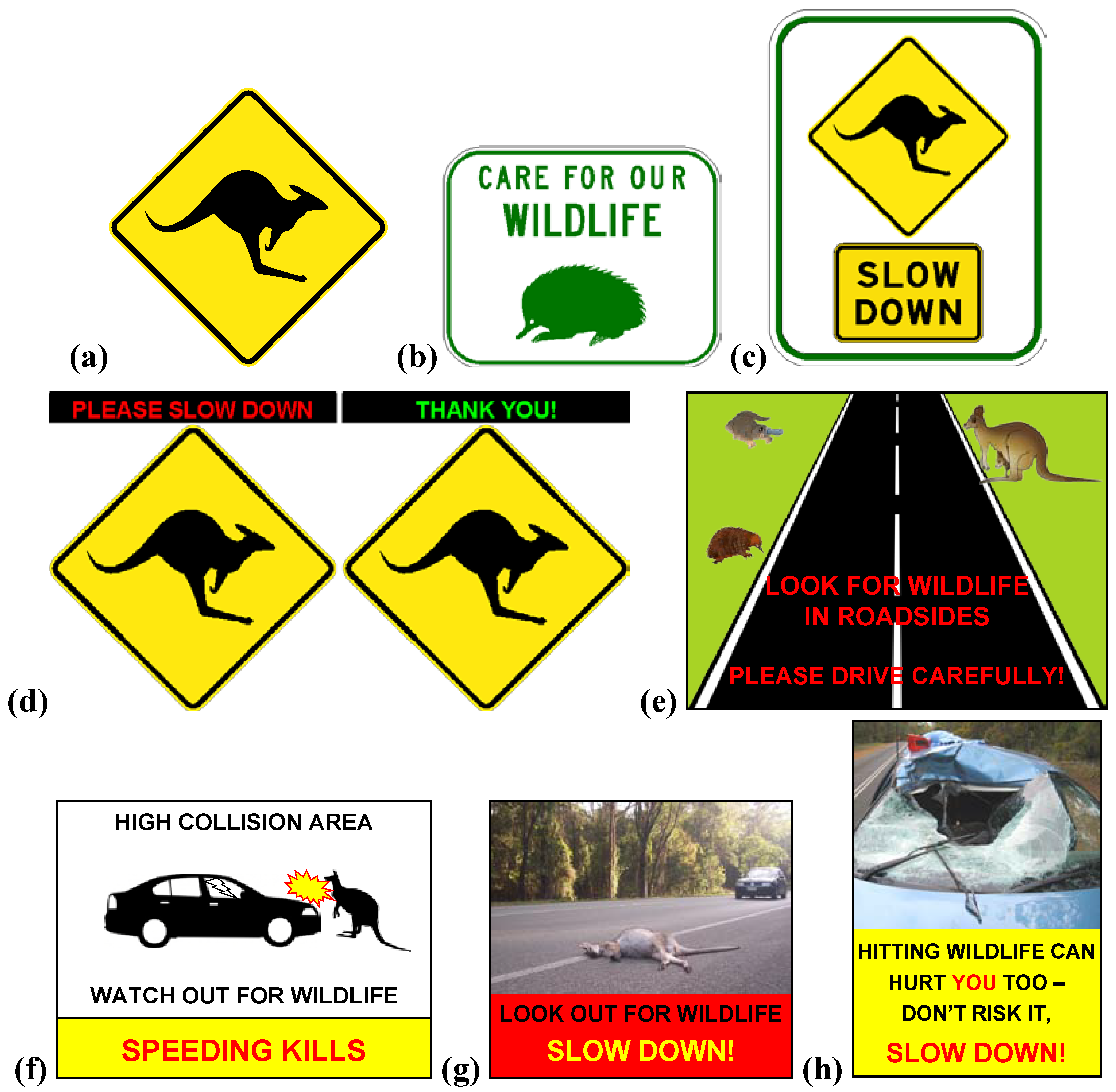
1. Awareness of wildlife hazards on Queensland roads
Queensland’s diverse ecosystems bring wildlife hazards to roadways, requiring drivers to be vigilant:
- Nocturnal Activity: Many animals, like kangaroos and wallabies, move around more when it is the time of sunrise or sunset.
- Crossing Patterns: Understanding usual places where paths cross, like areas made for animals to go across, helps in expecting possible meetings.
2. Caution in wildlife-prone areas and designated warning signs
Precautions in wildlife-prone areas are essential, and designated warning signs provide crucial guidance:
- Reduced Speeds: Slow down in known wildlife areas, allowing for increased reaction time.
- Heed Warning Signs: Pay attention to warning signs indicating wildlife crossings, and adjust driving accordingly.
3. Reporting injured wildlife and accidents involving animals
Prompt reporting of incidents involving wildlife contributes to their welfare and ensures road safety:
- Wildlife Rescue Hotlines: Familiarise yourself with local wildlife rescue hotlines for immediate assistance.
- Accident Reporting: Report accidents involving animals to authorities, providing details for appropriate action.
Roadside Assistance and Emergency Procedures
It is very important to get ready for things on the road that you do not expect, which shows why having help by the side of the road and plans for emergencies are necessary.
1. Importance of having roadside assistance coverage
Investing in roadside assistance coverage offers invaluable support in unforeseen circumstances:
- Towing Services: Access to towing services ensures prompt removal of a stranded vehicle.
- Mechanical Assistance: Roadside assistance provides mechanical help, addressing minor breakdowns on the spot.
2. Emergency contact information and procedures
Knowing the right contacts and procedures during emergencies is fundamental:
- Emergency Services: Memorise the emergency contact number (000) for immediate assistance.
- Accident Procedures: Know what actions to take if an accident happens, making sure everyone involved is safe.
3. Knowing how to handle breakdowns and accidents safely
Safely managing breakdowns and accidents requires a systematic approach:
- Secure the Scene: Make sure everyone is safe by moving cars to the roadside if you can.
- Warning Devices: Use hazard lights, warning triangles, or flares to alert approaching traffic.
Updates and Changes to Road Rules
It is important to keep up-to-date with changes in the rules of the road to make sure you follow them and help keep driving safe.
1. Staying informed about changes to Queensland road rules
Dynamic road conditions necessitate constant awareness of updates to road rules:
- Government Announcements: Regularly check official government announcements for the latest road rule changes.
- Publications: Refer to official publications and websites for comprehensive information on rule amendments.
2. Resources for accessing the latest information
Accessing up-to-date information ensures accurate knowledge of road rules:
- Online Portals: Government websites and official portals provide accessible and reliable information.
- Educational Materials: Utilise educational materials, such as pamphlets and brochures, to stay informed.
3. The role of ongoing education in promoting road safety
Continued education plays a pivotal role in fostering a culture of responsible driving:
- Sign up for driver education courses to keep updated with the changing rules of road safety.
- Join workshops in our community that highlight the need to keep learning to make roads more secure.
Conclusion
To drive safely on Queensland’s roads, you need a complex plan that includes knowing about animals, being ready for urgent situations and promising to keep up with changing road laws. Adding these methods into how we drive helps make the roads safer and better for everyone.
Alpha Car Hire: Car Rental Leaders in QLD
When it comes to reliable and convenient car rental services in Queensland, Alpha Car Hire stands out as the leader in the industry, offering:
- Professional Assistance: Benefit from expert guidance in choosing the right vehicle for your specific needs.
- Convenient Locations: With multiple locations, Alpha Car Hire ensures easy access to their services across Queensland.
- Flexible Options: Tailored rental plans are available to match your preferences, making them convenient for various travel needs.
- Reliability and Trust: Alpha Car Hire has earned a reputation for providing dependable service, ensuring a seamless experience for their customers.
Contact Alpha Car Hire:
Website: Alpha Car Hire
Contact: 1300 227 473
Choose Alpha Car Hire for your car rental needs in Queensland, and experience not just a journey, but a reliable and stress-free adventure.
[/vc_column_text][/vc_column][/vc_row]


